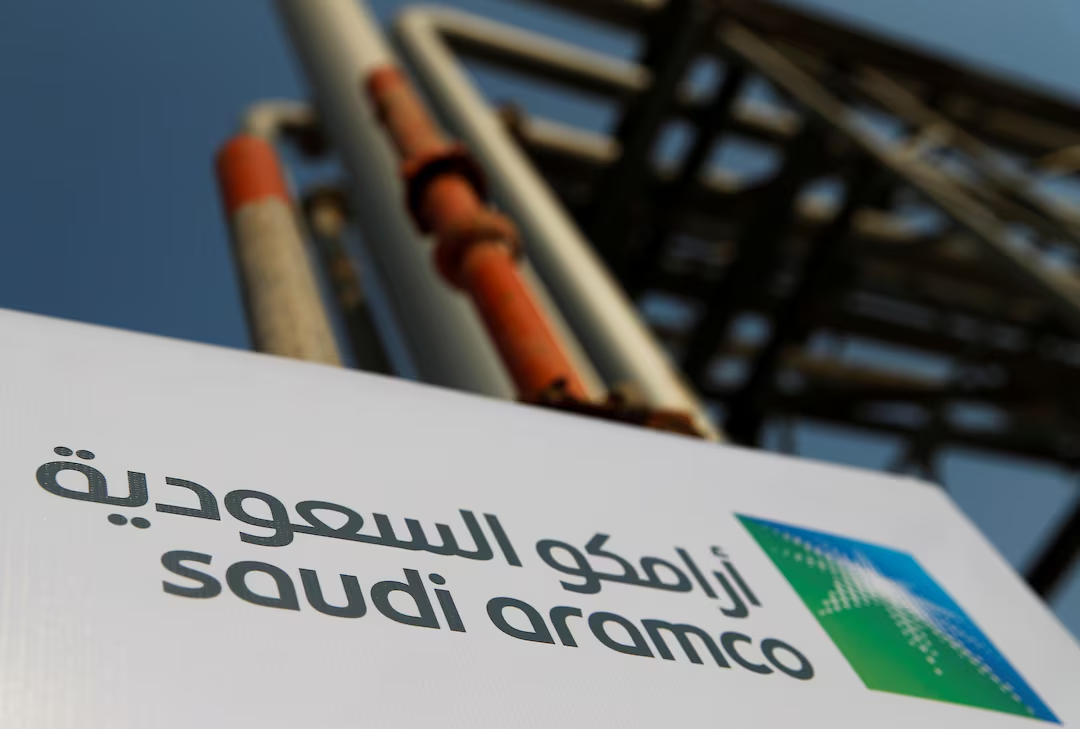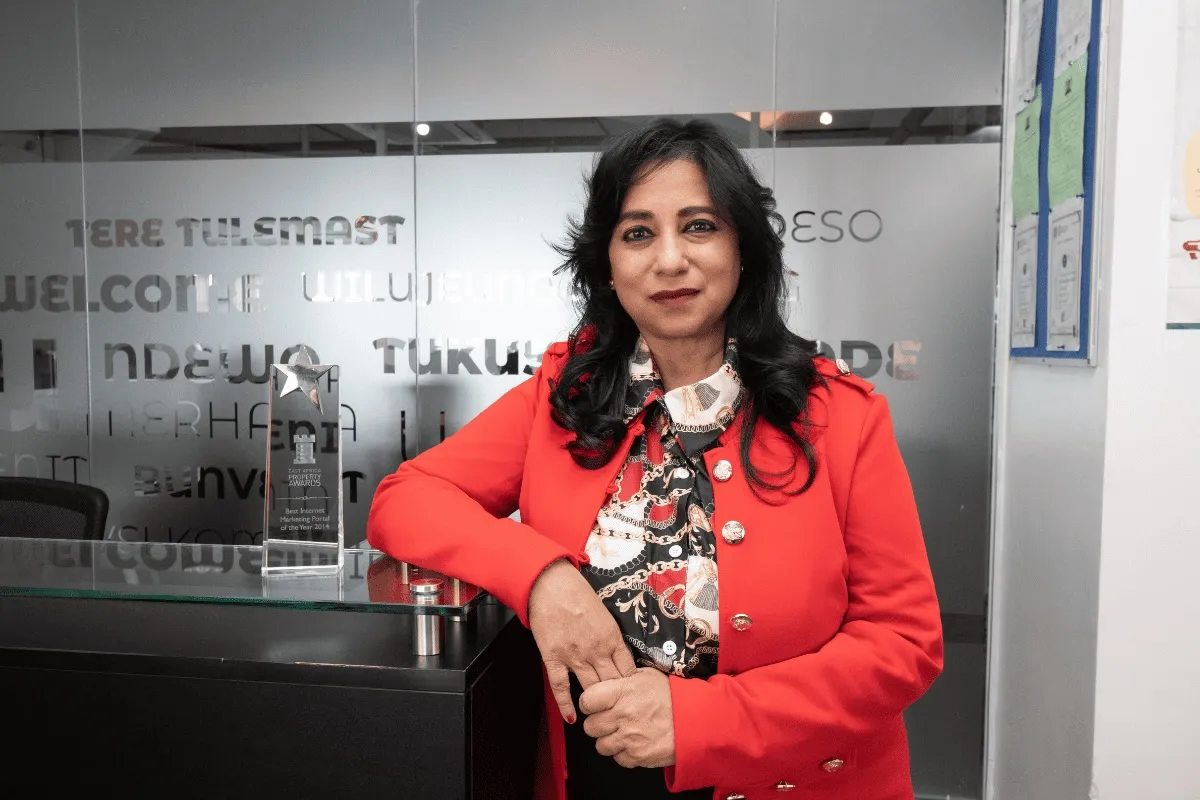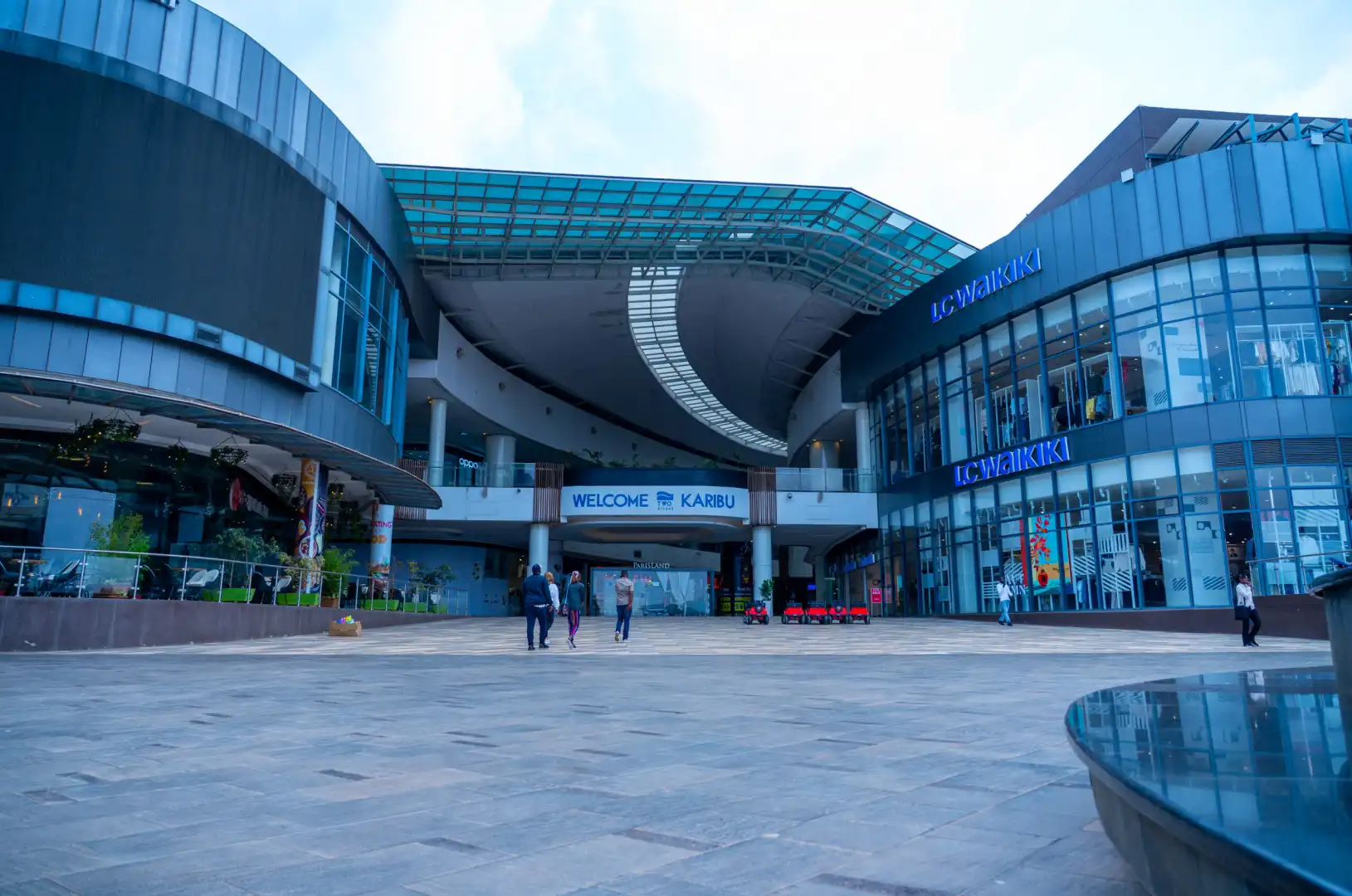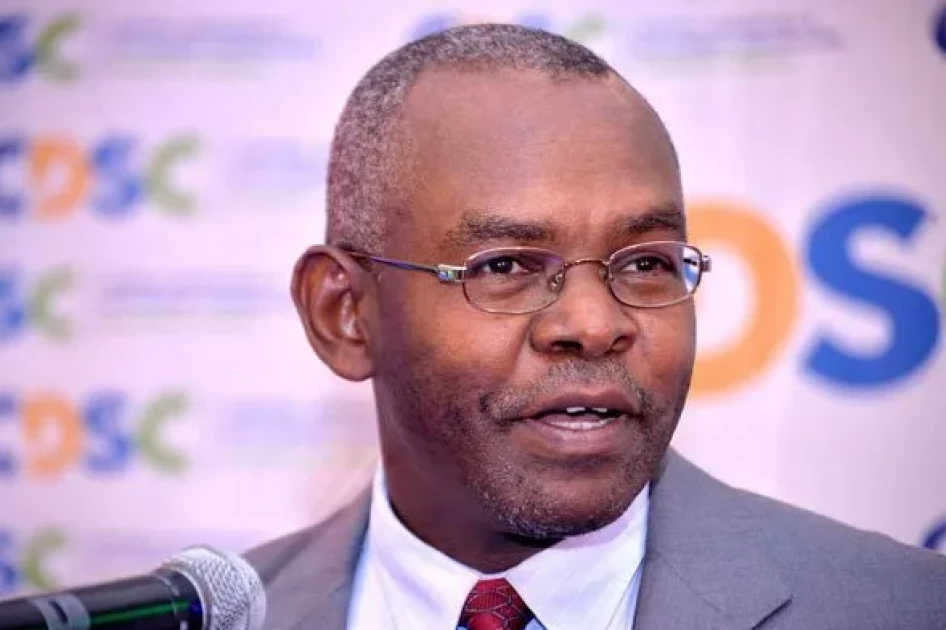In the first quarter of 2025, Saudi Aramco reported net income of 97.54 billion riyals (US $26.01 billion), a 4.6% decline from the same period a year earlier. Although this result modestly beat the median analyst forecast of US $25.36 billion, it highlights growing headwinds in the oil sector—from ebbing crude prices and rising costs to trade tensions and shifting demand patterns. Below, we explore the key factors behind Aramco’s profit drop, its implications for Saudi Arabia’s fiscal health and Vision 2030 agenda, and what might lie ahead for the world’s largest oil exporter.
Challenged by lower crude prices
Brent crude, the global benchmark, began the year near US $82 per barrel but slid into the mid-$60s by April as fears of a global slowdown intensified. This price retreat cut directly into Aramco’s upstream revenues, even as the company maintained production volumes through coordinated OPEC+ output cuts. The International Energy Agency (IEA) trimmed its 2025 oil-demand growth forecast by roughly 300,000 bpd to 730,000 bpd, citing escalating trade tensions and weaker industrial activity—an adjustment that underscores a calmer market amid economic uncertaintyArab Gulf States Institute in Washington.
Free cash flow—a key determinant of dividends—fell 15.8% year-on-year to US $19.2 billion. As a result, Aramco’s performance-linked dividend plunged by about 98%, from US $43.1 billion in 2024 to just US $219 million this quarter. Nonetheless, management upheld a base dividend of US $21.14 billion, signaling commitment to steady returns despite cyclical headwinds Reuters.
Rising costs and capex investments
While oil prices weakened, Aramco faced higher operating expenses. Increased maintenance work across maturing fields, along with surging shipping and insurance premiums, nudged lifting costs upward. In parallel, capital expenditure rose 15.9% to US $12.5 billion as the company advanced growth projects and strategic expansions. The board reaffirmed guidance for full-year capex and external investments totalling US $52–58 billion, up from US $50.4 billion in 2024 Reuters.
Global trade frictions take a toll
The U.S.-China trade conflict, reignited by fresh tariffs in early April, has unsettled markets worldwide. Although these measures had limited direct impact on Q1 results, their broader chilling effect on manufacturing and shipping weighed on crude demand forecasts. The IEA’s April report highlighted that nearly half of its demand downgrade stems from the United States and China, with the remainder concentrated in trade-oriented Asian economies IEA.
Analysts at Bloomberg note that weaker global trade flows and slowing retail sales in major markets exacerbate the risk of further price softness, especially if tariffs remain in place or escalate Bloomberg.
OPEC+ output adjustments
Since mid-2022, OPEC+ has implemented voluntary production cuts to prop up prices amid growing non-OPEC supply. In late April, the alliance agreed to boost output by 411,000 bpd in both May and June. That increase raises Saudi Arabia’s marketed production to approximately 9.37 million bpd from about 9 million bpd, a move intended to balance a near-term market that is tight on inventories yet wary of future oversupply Reuters.
Despite higher quotas, spare capacity in Saudi Arabia—estimated at 2.5–3 million bpd—offers the kingdom swift flexibility to manage abrupt price swings. Aramco’s CEO Amin Nasser emphasized that this strategic optionality, combined with low lifting costs, underpins the company’s resilience in volatile times.
Implications for Saudi fiscal stability
Oil and gas revenues accounted for 62% of Saudi government receipts in 2024. The International Monetary Fund (IMF) estimates that Riyadh needs crude at around US $92.3 per barrel in 2025 to achieve a balanced budget. At mid-$60 levels, the kingdom’s fiscal deficit widens significantly; in the first quarter alone, the shortfall reached an estimated US $15.6 billion Reuters.
To bridge this gap, authorities have tapped international bond markets and accelerated non-oil revenue measures, including higher VAT rates and energy price reforms. Yet these steps, combined with softer Aramco dividends, intensify pressure on the Vision 2030 reform agenda—particularly large-scale projects aimed at diversifying the economy away from oil.
Vision 2030 and strategic pivots
Crown Prince Mohammed bin Salman’s Vision 2030 blueprint encompasses ambitious ventures in tourism, entertainment, technology and new urban developments such as NEOM. Lower oil receipts and dividend cuts have prompted the government to reprioritize and, in some cases, scale back non-essential projects—focusing instead on infrastructure critical for major upcoming events, including Expo 2030 Dubai and the 2034 World Cup Reuters.
On the corporate side, Aramco is investing in upstream gas expansions, carbon capture and storage, and green-hydrogen initiatives, partnering with global energy firms to build renewable hubs. Meanwhile, the Public Investment Fund (PIF) has doubled down on sectors ranging from semiconductors to sports and entertainment, seeking new revenue streams that can offset oil volatility.
Market trends beyond Q1
In the United States, the shale revolution is hitting a plateau. Bloomberg analysts report that break-even costs in the Permian basin have climbed near US $62 per barrel, curbing the headlong growth of previous years. U.S. output growth is forecast to taper sharply in 2025, offering some reprieve to global balances despite robust OPEC+ quotas Bloomberg.
Refining margins remain surprisingly strong amid lower feedstock costs. In Asia, Singapore’s kerosene and gasoil crack spread rose to around US $7 per barrel in early May, while European refining margins widened thanks to healthy petrochemical off-take. These dynamics have cushioned integrated players against upstream revenue declines.
However, structural headwinds loom. The IEA predicts that global oil-demand growth will slow further to 690,000 bpd in 2026 as electric vehicle adoption accelerates and energy efficiency measures deepen The Guardian. OECD consumption is already projected to contract, placing the onus of growth on emerging markets like India and Brazil.
Navigating volatility and securing the future
Aramco’s Q1 profit drop reflects a complex interplay of near-term pressures and longer-term shifts in the energy landscape. Its low upstream costs and ample spare capacity give it a strong hand to weather current storms. Yet, with oil prices likely to remain under pressure, the company and the Saudi government must intensify efforts to develop sustainable, non-oil revenue sources.
For investors, the Q1 results serve as both a caution and an affirmation. While cyclical dips can erode earnings, Aramco’s scale and operational efficiency have so far shielded its dividend policy. For Riyadh, the challenge is more profound: to translate Vision 2030 aspirations into tangible economic transformation, even as budgetary buffers are tested.
As the world grapples with trade wars, economic slowdowns and the shift to cleaner energy, Saudi Aramco’s performance this quarter offers a microcosm of the oil sector’s broader crossroads. Balancing present volatility with long-term diversification will define not just Aramco’s trajectory, but the future of an oil-dependent kingdom striving for a new era of prosperity.
Ready to take your career to the next level? Join our dynamic courses: ACCA, HESI A2, ATI TEAS 7 , HESI EXIT , NCLEX – RN and NCLEX – PN, Financial Literacy!🌟 Dive into a world of opportunities and empower yourself for success. Explore more at Serrari Ed and start your exciting journey today! ✨
Photo source: Google
By: Montel Kamau
Serrari Financial Analyst
12th May, 2025
Article, Financial and News Disclaimer
The Value of a Financial Advisor
While this article offers valuable insights, it is essential to recognize that personal finance can be highly complex and unique to each individual. A financial advisor provides professional expertise and personalized guidance to help you make well-informed decisions tailored to your specific circumstances and goals.
Beyond offering knowledge, a financial advisor serves as a trusted partner to help you stay disciplined, avoid common pitfalls, and remain focused on your long-term objectives. Their perspective and experience can complement your own efforts, enhancing your financial well-being and ensuring a more confident approach to managing your finances.
Disclaimer: This article is for informational purposes only and does not constitute financial advice. Readers are encouraged to consult a licensed financial advisor to obtain guidance specific to their financial situation.
Article and News Disclaimer
The information provided on www.serrarigroup.com is for general informational purposes only. While we strive to keep the information up to date and accurate, we make no representations or warranties of any kind, express or implied, about the completeness, accuracy, reliability, suitability, or availability with respect to the website or the information, products, services, or related graphics contained on the website for any purpose. Any reliance you place on such information is therefore strictly at your own risk.
www.serrarigroup.com is not responsible for any errors or omissions, or for the results obtained from the use of this information. All information on the website is provided on an as-is basis, with no guarantee of completeness, accuracy, timeliness, or of the results obtained from the use of this information, and without warranty of any kind, express or implied, including but not limited to warranties of performance, merchantability, and fitness for a particular purpose.
In no event will www.serrarigroup.com be liable to you or anyone else for any decision made or action taken in reliance on the information provided on the website or for any consequential, special, or similar damages, even if advised of the possibility of such damages.
The articles, news, and information presented on www.serrarigroup.com reflect the opinions of the respective authors and contributors and do not necessarily represent the views of the website or its management. Any views or opinions expressed are solely those of the individual authors and do not represent the website's views or opinions as a whole.
The content on www.serrarigroup.com may include links to external websites, which are provided for convenience and informational purposes only. We have no control over the nature, content, and availability of those sites. The inclusion of any links does not necessarily imply a recommendation or endorsement of the views expressed within them.
Every effort is made to keep the website up and running smoothly. However, www.serrarigroup.com takes no responsibility for, and will not be liable for, the website being temporarily unavailable due to technical issues beyond our control.
Please note that laws, regulations, and information can change rapidly, and we advise you to conduct further research and seek professional advice when necessary.
By using www.serrarigroup.com, you agree to this disclaimer and its terms. If you do not agree with this disclaimer, please do not use the website.
www.serrarigroup.com, reserves the right to update, modify, or remove any part of this disclaimer without prior notice. It is your responsibility to review this disclaimer periodically for changes.
Serrari Group 2025












